Photomodulation is becoming a well-known treatment for cats and other animals. Photomodulation is also known as Red Light Therapy. Red light therapy is a natural, chemical-free and non-invasive manner in which to treat those cute and furry little friends.
At one time, vets relied on Low-level light therapy. This used laser light to treat conditions.
However, more recently, research has shown that LED lights are also able to deliver the same photons as the lasers were producing.
LED, which is used in Red Light Therapy has been found to be more economical, and can also be used for in-home therapy treatments.
Jump to:
Purpose
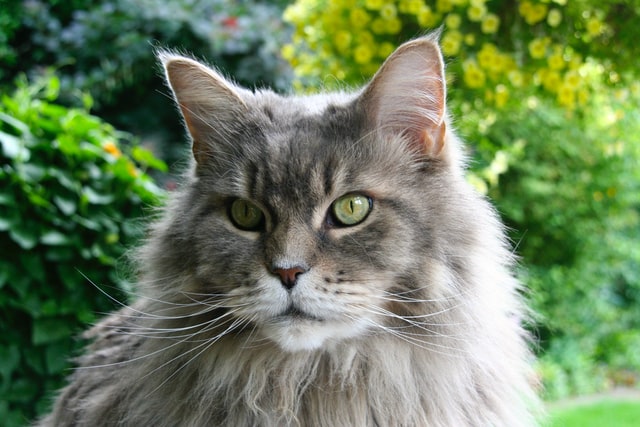
The purpose of Red Light Therapy is to enable the healing of muscles, tendons and bones. Red Light Therapy also helps to improve blood circulation which will also help to improve the healing process. Red Light Therapy can help to decrease the formation of scar tissue. It can help to reduce the risk of edema, and increase immunity by improving the production of immunity cells. This light therapy for your cat uses deep penetrating light which kicks in a reaction called photobiostimulation.
The entire process releases endorphins which help to ease the pain that is felt. When the wound or injury heals faster, your cat is going to be back to his normal self sooner. The purpose of using Red Light Therapy is meant to help many circumstances. These include increased metabolic activity, nerve function improvement, reducing the formation of fibrous tissue, and most of all faster healing times, faster tissue repair and improved cell growth.
Conditions
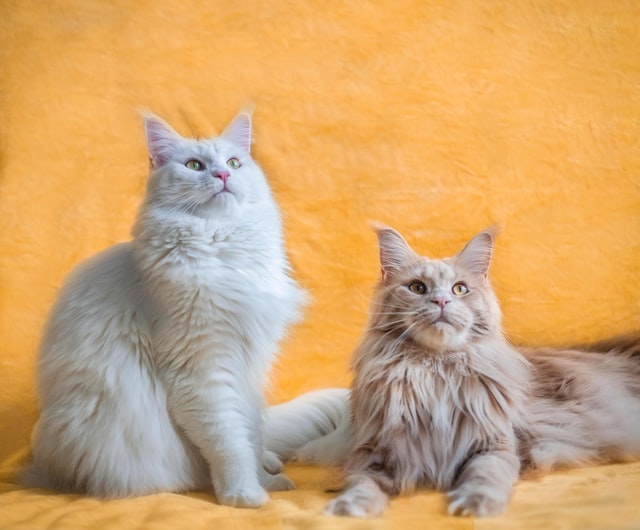
There are numerous conditions that are being treated by using Red Light Therapy. Some of these include the following, yet there may be many more conditions. Increased Clinical evidence is showing that Arthritis can benefit from the use of Red light therapy. Arthritis is a condition that animals and humans get as they age. Joint and bone issues also benefit some species of cats.
- Osteoarthritis
- Joint Pain
- Wounds and injuries
- Sore muscles
- Inflammation
- Sprains, strains and tendon injuries
- Soft tissue injuries
- Post-surgery treatments to speed healing
The Red Light Therapy is cruelty-free, non-invasive, cost-effective and pain-free. Show animals are given this treatment to help maintain their abilities for shows and also their health. This is a great alternative therapy that has no side effects.
In continuance, it is not just wounds, other signs to watch for in your cat. These will also include behaviours such as a decrease in the cat’s normal activity, no desire to jump up to surfaces that they normally jump on, moving much slower, does not want to sit still to be pet, limping, lack of desire to be held and cuddled, and even their self-grooming habits decrease.
Most of these conditions pertain to older felines, however, you must remember that Red Light Therapy may help them during these changing times also.
Benefits
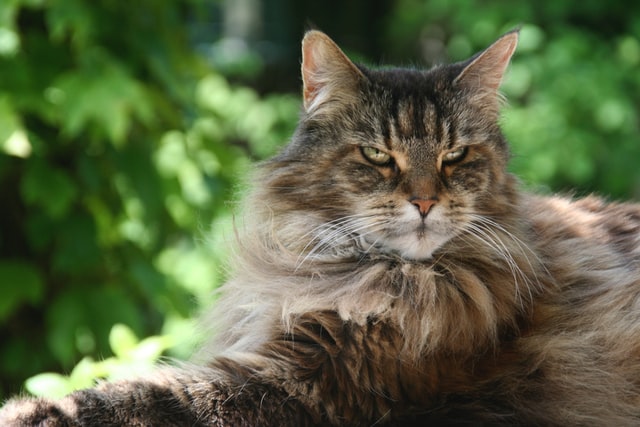
Red Light Therapy stimulates blood cells to promote healing, it also boosts collagen production. Collagen production is necessary for the healing process. Basically, the Red Light gives your cells energy.
How Does Red Light Work?
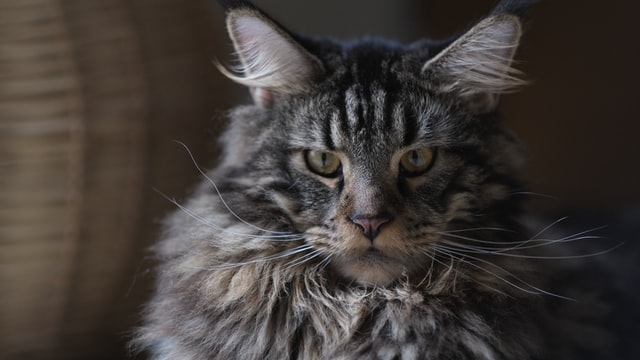
Using Red Light Therapy on animals works about the same as it does for humans. Treatment is done by wavelengths that penetrate the skin from the Low-Level Light Therapy or Red Light Therapy. The photoreceptors then absorb the light energy. Different wavelengths of light will affect different layers of skin or tissue.
Once the wavelengths reach the destination, the energized cells have more ability to improve and heal the affected areas. They have the boost of energy and improved functioning, healing and the recovery process is shorter.
The most common research studies are done on cats and dogs. There is becoming a huge array of documented research pertaining to these studies on cats and dogs. The animals were separated into groups of pre-operative surgery and post-operative surgery.
What the studies found was that eight weeks after surgery, the animals showed progressively better healing than those that did not have Red Light Therapy. These studies were further clarified and proven by documentation of quicker bone healing.
Red light therapy also has documented research in improving herniated discs and their healing. The research shows that animals who had surgery for herniated discs were able to walk five days sooner than those who did not have Red light therapy.
In some cases, the Red light therapy worked as a complementary treatment for some conditions. These would be severe issues that need extensive medical attention. Red light therapy is not a practice that cures everything. There should also be discussions with your veterinarian in regards to home treatment with Red Light Therapy.
All cats are curious animals. They feel that internal instinct to investigate everything. Red Lights are becoming more common as a home health aid treatment for many conditions. There has been no evidence of Red lights being harmful or having any adverse effects on cats.
What owners should watch for is using blue lights. Blue light therapy can interrupt the feline's natural circadian rhythm. Laser lights, completely different from Red Light therapy LED lights, can cause permanent retina damage.
Treatment Times
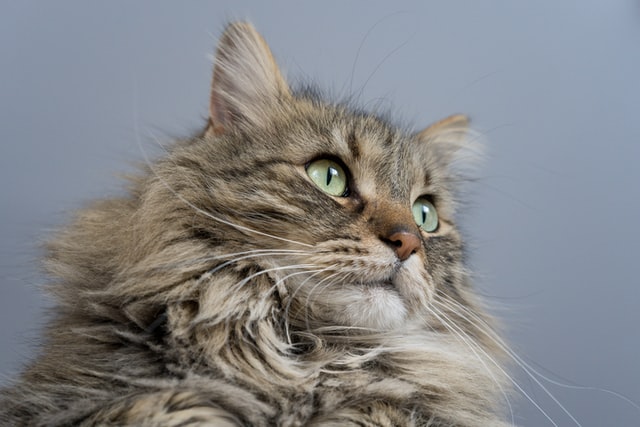
Most treatments with Red Light Therapy would normally last on average 3 minutes to 8 minutes. Low-Level Light Therapy treatments can last for up to 6 weeks when it is used as a complementary treatment to wounds or surgeries.
For some cats with chronic conditions, the Veterinarian may choose to do monthly treatments if they appear to help the patient. Some chronic conditions such as Arthritis may require monthly treatments for extended amounts of time.
The extended time treatments may be able to help keep the condition under some type of control to help the cat feel a little relief from a chronic condition such as Arthritis.
Safety
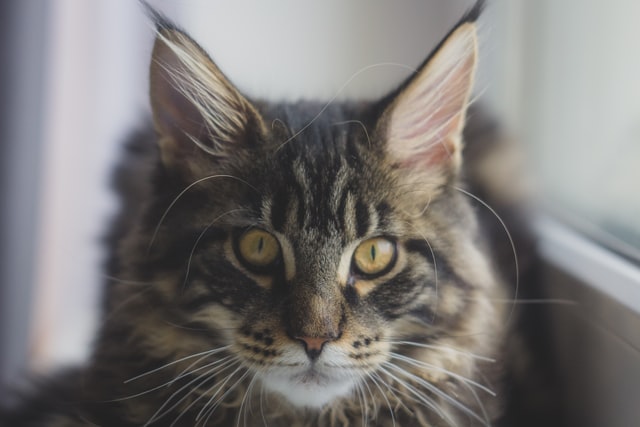
Led lights or Red Light, low-level light therapy emit a more intense type of light, however, this is safe for cats. There are a couple of minor things to watch for. The reason that LED lights are considered safe for cats is that they give off less heat than regular lights. What is known as the flicker rate is also quicker than what cats and humans will be able to perceive.
All light is able to penetrate the skin, luckily, cats have less skin showing due to the amount of fur on them. Any bright lights can hurt a cat’s eyes, just as bright lights can hurt our eyes. If it is possible, avoid the lights that have UV in LED lighting. Grow lights would be an example of that.
Thankfully, cats do not tend to stare at lights for a very long period of time. The difference between laser and LED is that the LED emits light in all directions, the laser only has a straight line of light. A cat has more rod cells which make their eyes much more sensitive than a human’s eyes. Do you know what happens to you when you sit in front of a computer for long periods of time, imagine what it would do to a cat?
Cats also have the ability to adapt to low-level light or darkness better than we do. The quality of the lights is going to make a difference also. Do not settle for less than best if you have a cat. It is better to be safe than sorry.
Fluorescent lights have a noticeable flicker rate, this can affect a cat and its eyes. Many people use ‘grow lights’ to begin their gardens early. The plant seed and then use a grow light that imitates light from the sun. This enables the plants to begin growing before they are transplanted into the outdoor garden.
A grow light is not safe for a cat to stare at, however, once again, a cat will not stare at a light for lengthy periods of time. If you are using any grow light, LED light or UV lights, be sure to have an area where the cat is able to crawl away from the lights. A cat den is good for this. The cat den will block much of the exposure.
Getting Started
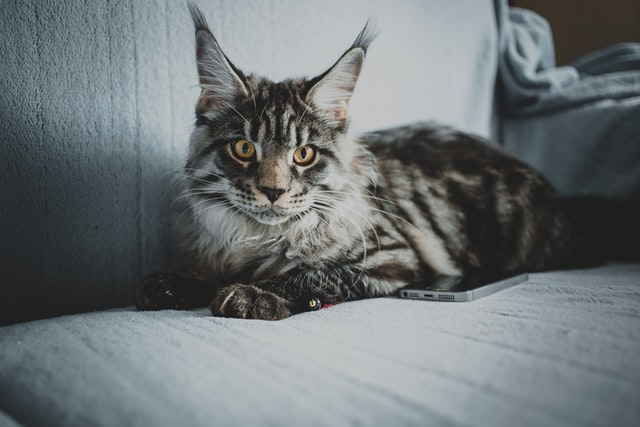
When you are considering the purchase or home use of Red Light Therapy or Low-Level Light Therapy, you should speak with the veterinarian first. What should be discussed is if Red Light Therapy is a good option for your cat. The cat would benefit greatly when it comes to minor health issues. However, if there is an issue that is more severe, the Red Light Therapy may be helpful as a supplemental therapy.
This therapy is good for complementary treatment, as it is non-invasive, effective and pain-free. There are absolutely no side effects from using Red Light Therapy.
Although it may seem simple to just go out and purchase your own Red Light Therapy tool, it is always a better plan to speak to the Veterinarian. The Veterinarian can discuss the options and decide which would be the best option.
Our Recommendation
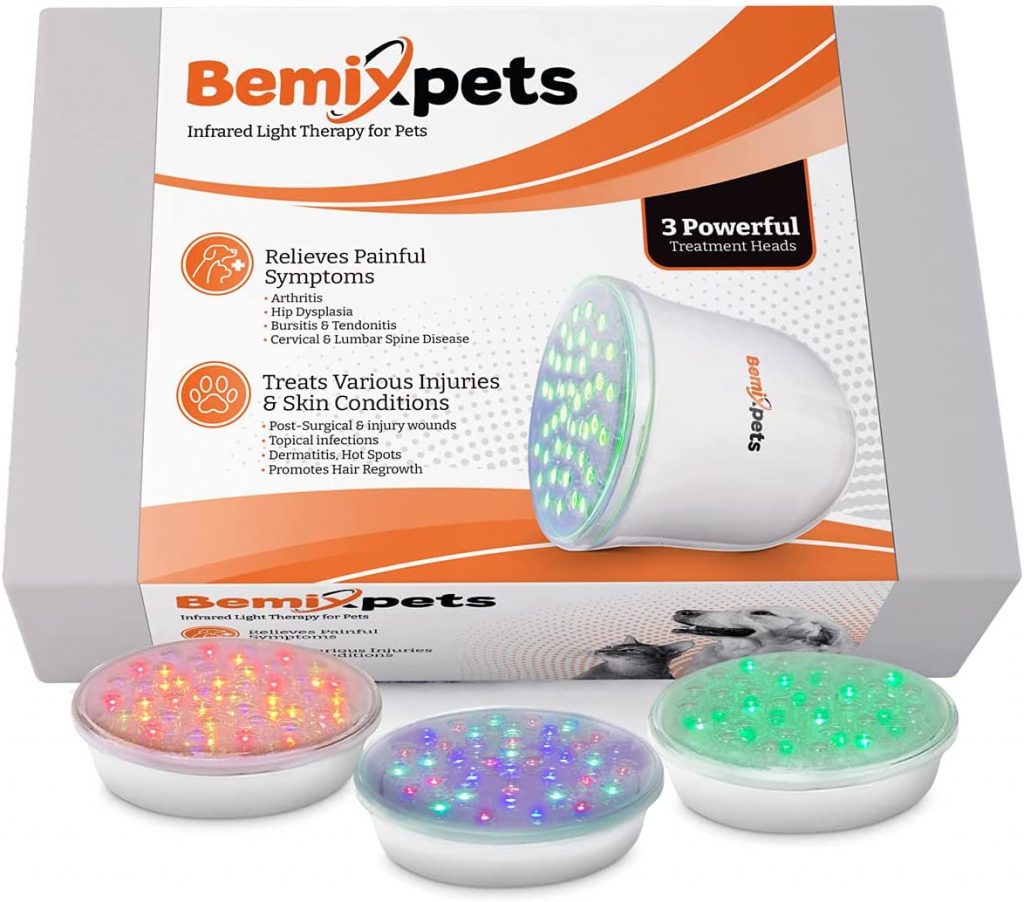
A great approach is a light therapy device from Bemix pets. Light therapy has been used as an alternative treatment in human medicine for over two decades. It has recently made its way into the veterinary world, where it is quickly gaining a reputation as a safe, gentle and effective treatment option. It is a safer and less expensive alternative to laser therapy equipment that you can use in your own home with just one session of therapy at your veterinarian’s office.




